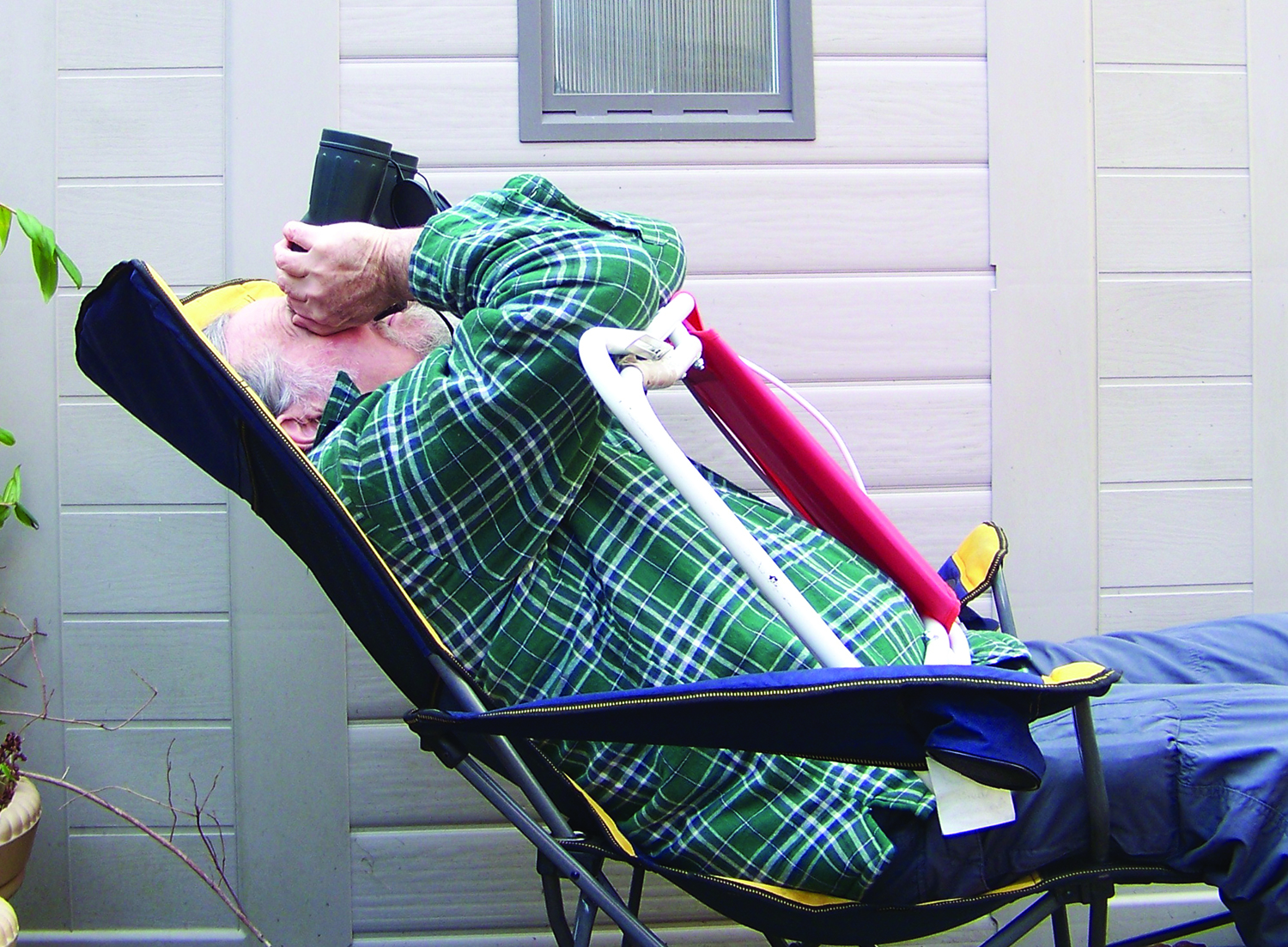There are many methods you can employ if you want to work out how to hold your binoculars steady.
In this article we'll explore some of the best options for sturdy, steady binocular viewing.
During any binocular session there will be times when you want steadier views than you get just from holding them
And there won’t always be a convenient fence or car roof on which to rest your elbows.
For more advice, read our guides on how to collimate binoculars and how to clean binoculars

Many of us who regularly observe with binoculars have some kind of mounting system, but most casual stargazers do not.
However, your home can provide some very usable alternatives.
Here are some of the advantages to making sure you know how to hold your binoculars steady:
- Close double stars are easier to split
- Jupiter’s Galilean moons are easier to see when they are close to the planet’s bright disc
- Fainter objects become visible as light is concentrated into a small area of non-shaking field of view
- Arm fatigue is considerably reduced
A well-fitting cap with a stiff peak is small enough to be easily portable and is surprisingly effective at stabilising views when it is gripped while holding binoculars up to your eyes.
You will probably find it best suited to smaller binoculars, especially those with roof prisms, which are easier to hold comfortably to the peak.
An advantage to this way of supporting binoculars is that it does not limit you to any observing position: it can be used whether you are standing, sitting or reclining.
If you want more stability, you will need a more rigid option.
Essentially you want an item with a pole, so that one end can rest on the ground and at the other there is something to which you can secure your binoculars.
Suitable items that you may already have include flat-head and bow-head rakes, block-headed push brooms (not besoms or corn brooms), draw-hoes and window cleaners.
Brooms and rakes are usually of a length that make them more suitable to seated observing.
Because of their normal use, the end on which you place your binoculars is likely to be dirty
So use something like a small hand towel or tea towel to cover the business end of the tool and protect your binoculars.

It’s possible to use these tools as simple supports just by resting your binoculars on them, but generally you’ll find your makeshift mount easier to use if you secure your binoculars with a bungee cord.
The bungee needs to be tight enough to stop the binoculars slipping off, but not so tight that it restricts their freedom of movement.
This makews it difficult to scan a reasonably large region of sky without having to continually reposition the bottom end of the tool.
The arrangement shown in Step 2 below achieves this but, however you do it, make sure that the tension on the bungee hook pulls it away from you so that the cord won’t whack you in the face if it slips off!
Tools such as window cleaners with telescopic extension poles are much more versatile: they allow you to observe standing up, which offers more freedom of movement
And the adjustable pole length makes it easier to vary the altitude range at which you are observing.
If the binoculars are held away from the pole by an adjustable tilt-head, you will be able to observe at very high altitudes without having to tilt the pole much.
Home-made binocular chairs often incorporate some sort of supporting frame for either your elbows or the binoculars themselves.
Lightweight beach chairs can be used for this purpose, but do ensure that you prevent them from opening in use and trapping your fingers; bungee cords, cable ties, strips of Velcro, adhesive tape or string can be used for this.
Although elbow support is not quite as steady as pole-mounted support, it can be much more comfortable.
Try some of these ideas or, better still, invent your own and see what best suits you.
The more steadily you can hold your binoculars, the more likely you are to enjoy using them, and you’re also likely to find your observing sessions become much more productive.






